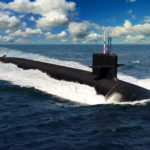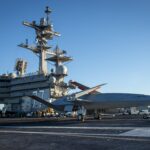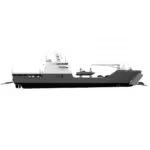
NORFOLK, Va. — The Navy and Marine Corps’ globe-spanning Large Scale Exercise (LSE) is underway now, with lead officials detailing the effort to bring together an array of assets and live, virtual and constructive (LVC) training elements to stress the force’s ability for command and control and Distributed Maritime Operations (DMO) in realistic conflict scenarios. “The Large Scale Exercise recognizes that we are a global nation and that the threats are global also. You’ve seen recent real world examples where…

 By
By 










